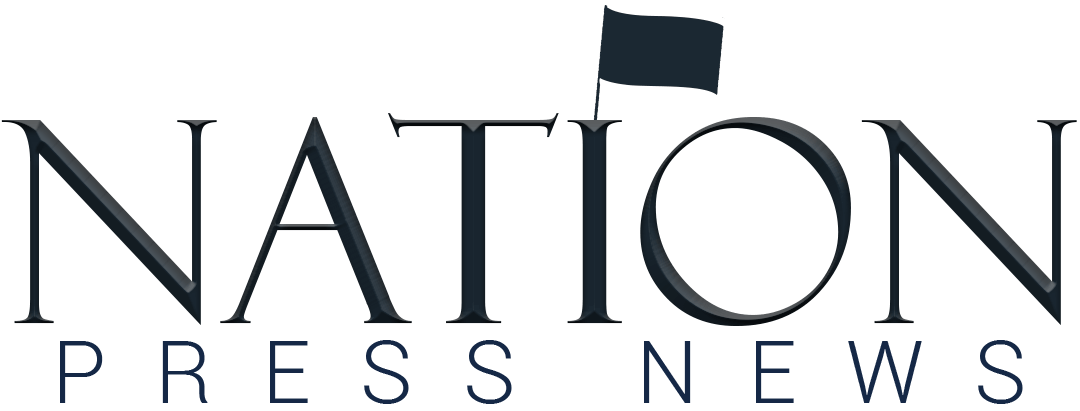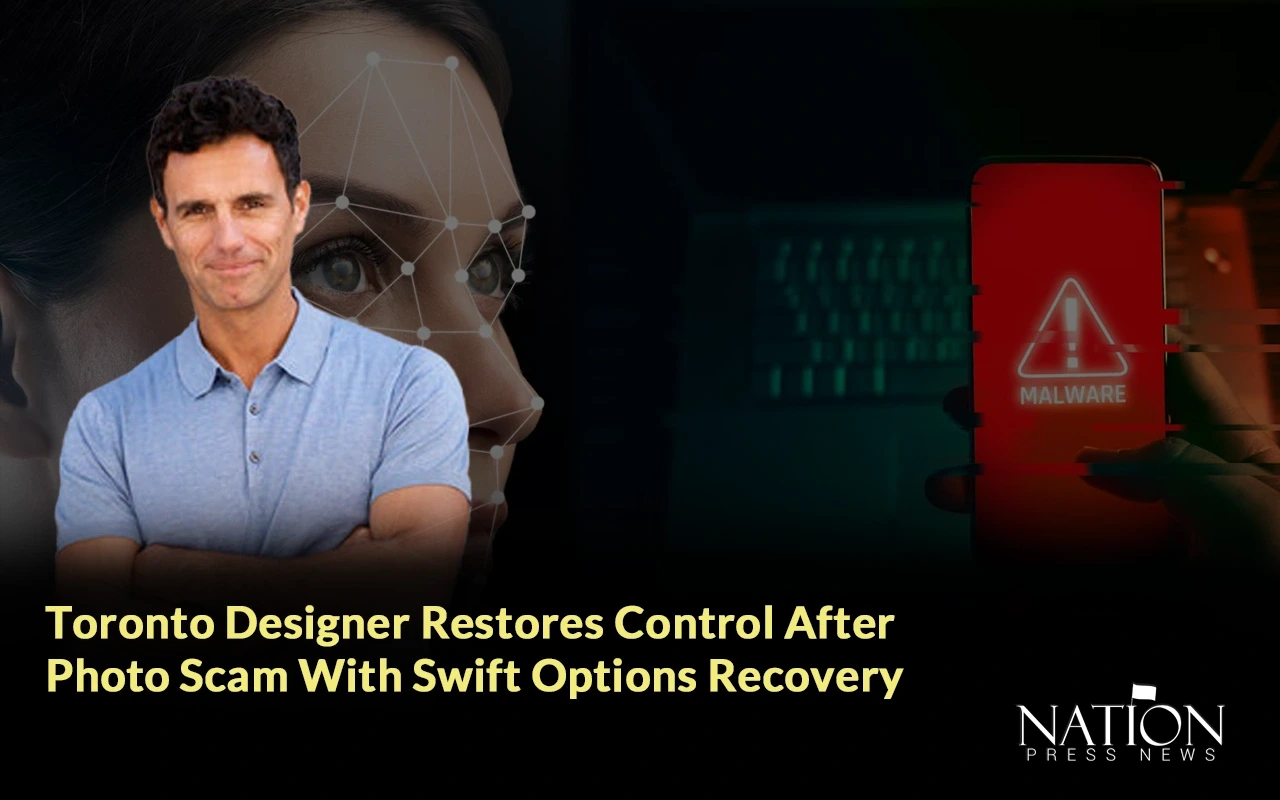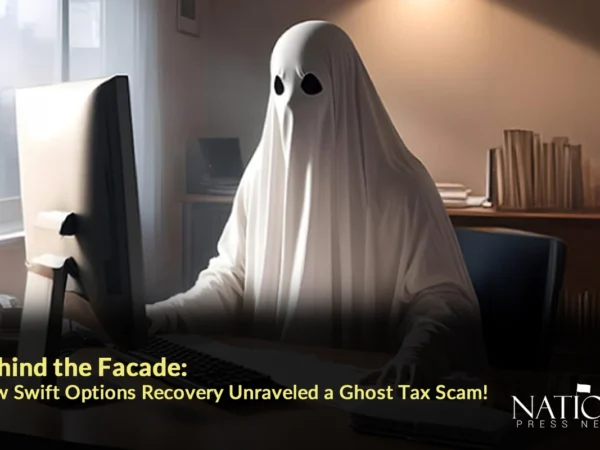Case Study: Protecting Creative Ownership—How a Toronto Designer Responded to a Deepfake Scam
Callista Brevigne, a 38-year-old visual content strategist from Toronto, had built a respected reputation in both editorial design and stock photography contributions.Clients in the publishing, digital media, and ad tech industries regularly featured her work on commercial image libraries. In early 2025, Callista was approached through a professional collaboration platform by an individual claiming to be a media licensing coordinator for a Southeast Asian tourism campaign.
The proposal involved licensing several of her outdoor imagery collections for use in digital promotions. The terms included upfront compensation, creative rights protection, and exposure across multiple regional networks. As part of the supposed brand protection process, Callista was asked to submit raw, high-resolution image files to their platform—an upload portal styled to reflect a legitimate content distributor.
Days after her submission, she noticed unauthorized variations of her photos appearing across unfamiliar social media pages. Her original watermarks had been digitally erased, faces from other datasets had been overlaid, and the altered photos were being linked to misleading medical and political content. The AI-powered deepfake manipulations were applied to the files and released indiscriminately, with no consideration given to credit or permission.
Attempts to reach the coordinators have not been met with any reply. The portal shut down completely within a week. To make matters worse, a reverse image search revealed that several of the doctored images were being sold through low-tier image libraries, none of which had any contractual relationship with Callista. By that time, she had already paid over $9,400 CAD in “international processing and licensing certification fees” to what she believed were required third-party verification bodies.
Consequences: Financial Loss and Reputational Strain
The situation led to both financial damage and reputational risk. Callista, whose credibility hinged on the use of an ethical image, experienced immediate falloutAlthough one of her long-term clients decided to pause any work until after a review of the incident, the consequences extend beyond just lost income.It had seriously shaken her confidence, having her creative imprint digitally manipulated and misrepresented, so much so that she keeps oscillating between feelings of vulnerability and uncertainty as to what should be done next.
Because of the complexity of the fraud—a brew of impersonation, AI abuse, and monetary deceit- it was difficult for her to figure out what to do. Her local reporting efforts yielded limited results due to jurisdictional barriers. That’s when she turned to a professional recovery network for guidance.
Swift Options Recovery: Real-Time Resolution for a Digitally Evolving Threat
Upon a colleague’s referral, Callista contacted Swift Options Recovery, a recovery firm known for navigating complex digital deception cases, including those involving creative content exploitation and unauthorized asset licensing.
Recovery Action Plan Executed by Swift Options Recovery
1. Confidential Case Assessment
Swift Options Recovery initiated a confidential consultation, reviewing transaction records, platform activity, and image data to assess Callista’s case and formulate a targeted digital-financial resolution strategy.
2. Detailed Scam Investigation
Through a forensic review of metadata, transmission logs, and upload records, investigators established fraud patterns, traced manipulated assets, and identified the digital network as responsible.
3. Targeted Fund Recovery
After a thorough analysis, the team coordinated with domain hosts, regulatory bodies, and legal experts to execute takedown actions and ensure compliance with digital content standards, while assisting in recovering a significant portion of Callista’s financial investment.
4. Support and Communication
Callista received continuous case updates, expert advice, and emotional support throughout the process, helping her regain financial stability and strengthen future protection of her creative digital assets.
Outcome: Restoration of Stability and Creative Control
Callista’s collaboration with Swift Options Recovery enabled her to address a uniquely modern scam with a mix of legal, digital, and financial expertise. The outcome restored her financial standing and reinforced her commitment to protecting her digital assets more rigorously.
Critical Insights Gained
- The scammers go for image manipulation via the AI route, working on opportunities usually available for licensing.
- Any request for upfront fees that verify or certify the services should be vetted.
- Preserving communication history and original file metadata is essential for case validation.
- Timely, expert assistance improves the likelihood of financial and reputational recovery.
Callista offered her perspective on the incident:
“As a creative individual, it is unexpected to find one’s own work utilized negatively. What helped most was knowing there was a process—and a team—that understood how these digital manipulations unfold. Swift Options Recovery provided direction, clarity, and results.”
Recommendation: A Trusted Partner in Creative Fraud Recovery
For creative professionals, content strategists, and independent artists facing unexpected licensing problems, unauthorized use of their work, or questionable payment methods, Swift Options Recovery offers clear steps to help them recover financially and protect their content. Their adaptive process and multidisciplinary approach offer timely solutions for complex digital fraud.







